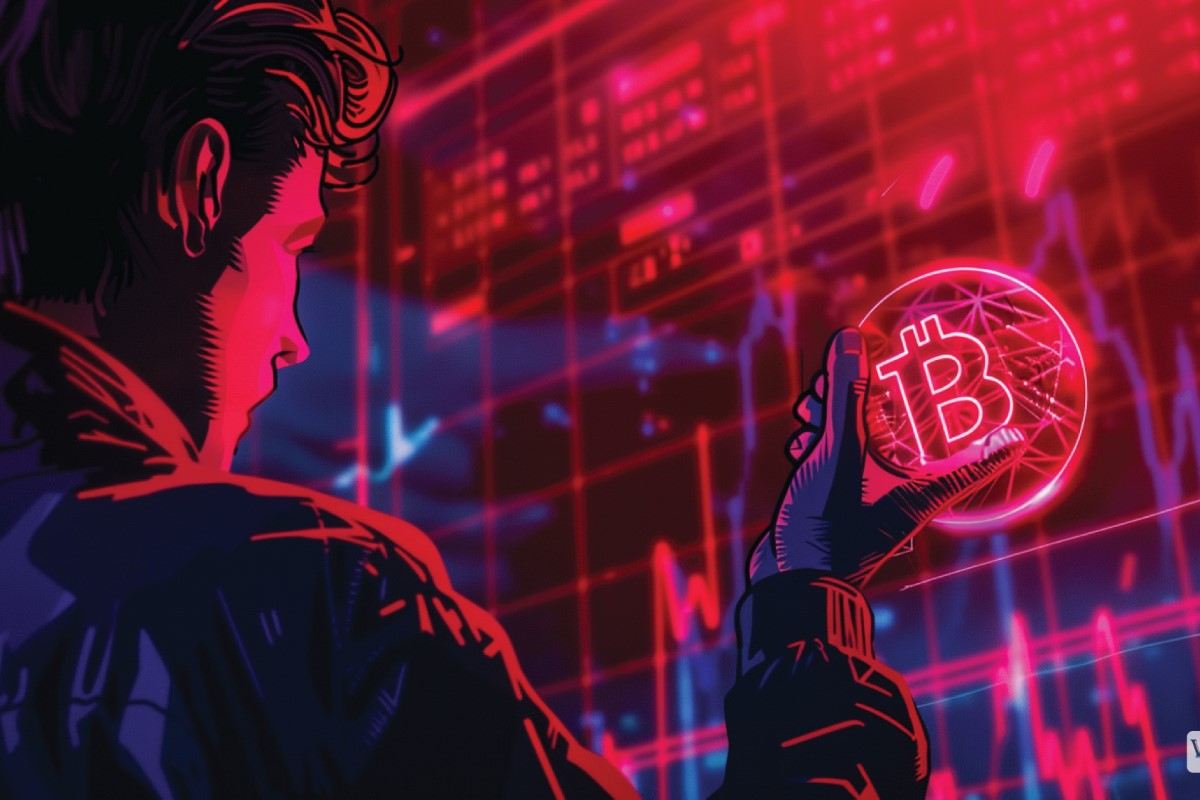Last week, bitcoin rose unexpectedly by 10% after testing the resistance around the $18,000 zone. Shortly after this, bitcoin and most other crypto experienced a sharp drop of 8.4%.
This drop leaves bitcoin trading below $21,000 and barely managing to keep its head above the $20,000 waters.
Coincidentally, this bitcoin “flash crash” came side by side with the crash of the S&P 500 (the Standard and Poor’s 500): A stock market index that tracks five-hundred publicly traded domestic companies.
Bitcoin and Stock Market
Interestingly, the correlation between bitcoin and this stock market index has been observed since last year. According to NASDAQ, both the CoinDesk report and findings from the Blockchain center have demonstrated bitcoin’s correlation to the S&P 500, starting from September 2022 (exactly a year ago).
There is a saying, “Sell in May and go away.” May 2022 was a perfect illustration of this.
On 20 May 2022, the S&P 500 fell by 1.62% that same day: A 20% drop from its high in January. Bitcoin also dropped 4.33% from $29,000 to around $27,000, pulling all other altcoins down.
Interestingly, this correlation between bitcoin and the S&P 500 has been observed to strengthen over the months.

If this correlation between the two exists and continues to strengthen, there is bound to be another bear market sooner or later.
Bitcoin’s Impending 20% Correction
Bitcoin is currently in a weak spot, struggling to hold itself above the $20,000 zone. Its correlation to the S&P 500 doesn’t appear to be helping either.
There is a strong possibility (and even stronger fears) that a 20% drop like this could send the price of bitcoin straight down to $16,000 if it happens.
Jurrien Timmer, director of the global macro at Fidelity, thinks this event is “very much likely.”
According to Timmer, if a 14X forward multiple on the S&P 500 is the correct valuation, then it is easy to calculate that the value of the S&P 500 would sit at around 3200 – 3400 at an Earnings Per Share (EPS) of $230.

When the US CPI inflation news came in, the BTC fear and greed index went from a “fear” score of 34/100 to 27/100.
This move, however, does not mean that the sentiment on bitcoin has entered the “extreme fear” zone. Entering the extreme fear zone would signal a potential bullish reversal.
Instead, the news has prevented bitcoin from crossing its 200-period daily moving average (which is also a crucial zone for the cryptocurrency’s price).
Following the lead of BTC, several other altcoins have also taken nosedives, including Ethereum. Ethereum has tanked 7%, barely 24 hours before its long-anticipated merge.
Disclaimer: The author’s comments and recommendations are solely for educational and informative purposes. They do not represent any financial or investment advice. Always DYOR (do your own research)









